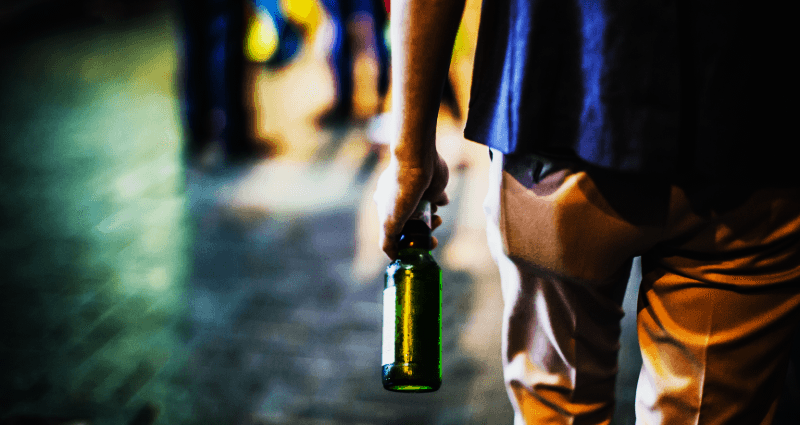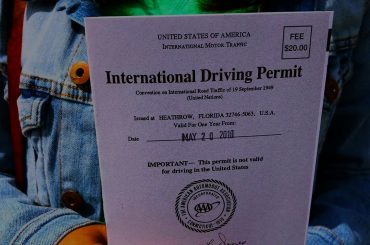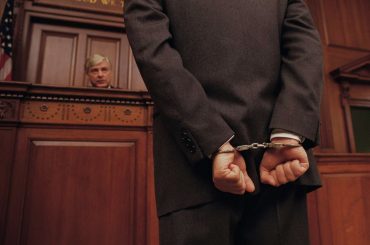Public drunkenness, commonly referred to as public intoxication, is a legal concept that varies significantly across different jurisdictions, including states like California. This offense is typically defined as the act of being visibly drunk or under the influence of controlled substances in a public space. Public intoxication laws are designed to maintain public order and safety, preventing individuals from causing harm to themselves or others due to their impaired state.
In many areas, the standard for public drunkenness does not rely on a specific level of intoxication, such as a blood alcohol concentration (BAC), as is common in DUI cases. Instead, it is often based on the observed behavior of the individual and the judgment of law enforcement officers. Actions such as causing a disturbance, being a danger to oneself or others, or obstructing public ways can all fall under public drunkenness.
Understanding public drunkenness standards is crucial as they play a significant role in law enforcement and public safety strategies, and they have implications for individual rights and societal norms regarding alcohol and substance use in public spaces.

What is the California Crime of DUI?
Definition of DUI: In California, DUI (Driving Under the Influence) refers to operating a vehicle while under the influence of alcohol, drugs, or a combination of both. This encompasses not just the act of driving while intoxicated but also being in control of a vehicle in a state that impairs the ability to drive safely.
Legal Standards for DUI:
- Blood Alcohol Concentration (BAC) Limits: California law sets specific BAC limits for different categories of drivers:
- Standard Adult Drivers: For drivers aged 21 and over, the legal BAC limit is 0.08%.
- Commercial Drivers: The BAC limit is lower for commercial drivers, set at 0.04%.
- Underage Drivers: Drivers under the age of 21 must adhere to a stricter BAC limit of 0.01% or higher, reflecting the state’s zero-tolerance policy for underage drinking and driving.
Consequences of DUI:
The penalties for a DUI conviction in California can be severe and escalate with repeat offenses:
- First Offense: Penalties may include fines, license suspension, DUI education programs, and possible jail time.
- Subsequent Offenses: Increased penalties, including longer jail sentences, larger fines, extended license suspension, and mandatory installation of an ignition interlock device.
- Aggravating Factors: Penalties can be more severe in cases involving high BAC levels, accidents causing injury, or having a minor in the vehicle.
Enforcement and Legal Procedures:
- Detection: Law enforcement officers use field sobriety tests and breathalyzers to detect impairment. In some cases, blood tests may also be conducted.
- Arrest and Prosecution: If an officer determines there’s probable cause for DUI, the driver will be arrested. The prosecution must prove the driver was operating the vehicle under the influence to secure a conviction.
- Legal Defenses: Defendants in DUI cases can present various defenses, such as challenging the accuracy of BAC tests or the legality of the traffic stop.
What is Being Drunk in Public?
Definition of Public Drunkenness:
Public drunkenness, also known as “public intoxication” or “drunk in public,” is a crime under California law. This offense occurs when a person is found in any public place under the influence of alcohol, drugs, controlled substances, or a combination thereof, to a degree that they are unable to exercise care for their own safety or the safety of others, or they interfere with or obstruct the free use of streets, sidewalks, or other public ways.
Legal Thresholds for Public Intoxication:
Unlike DUI, public drunkenness does not have a specific blood alcohol concentration (BAC) level for legal determination. Instead, it is more subjective and based on the observed behavior of the individual. Law enforcement officials assess the person’s ability to care for themselves or the disturbance they may cause to the public. This assessment includes factors like the ability to walk straight, slurred speech, aggressive behavior, or other signs of impaired judgment.
Penalties for Public Drunkenness:
Public intoxication in California is typically charged as a misdemeanor. Penalties may include a fine, a brief jail sentence, or community service. In some cases, the court may also order participation in a drug or alcohol rehabilitation program. Unlike DUI, public intoxication does not typically result in a driver’s license suspension, unless it involves other related offenses.
Differences from DUI:
The key distinction between public drunkenness and DUI lies in the nature of the offense and the legal standards applied. DUI is specifically related to operating a vehicle under the influence and has defined BAC limits. Public drunkenness, however, is about the individual’s behavior in a public space and does not involve operating a vehicle. The evaluation is more subjective and based on the person’s conduct rather than a specific BAC level. Moreover, the penalties and long-term legal consequences of DUI are generally more severe than those for public intoxication.
DUI is a specific offense related to operating a vehicle under the influence, with clearly defined blood alcohol concentration (BAC) limits and stringent penalties, including fines, license suspension, and possibly jail time. Its enforcement involves objective measures like BAC testing and field sobriety tests.
On the other hand, public drunkenness, or public intoxication, pertains to behavior in public spaces and is judged based on subjective assessment of one’s ability to care for oneself or the disturbance caused. It carries different, often less severe, penalties, typically without the long-term implications of a DUI conviction.




